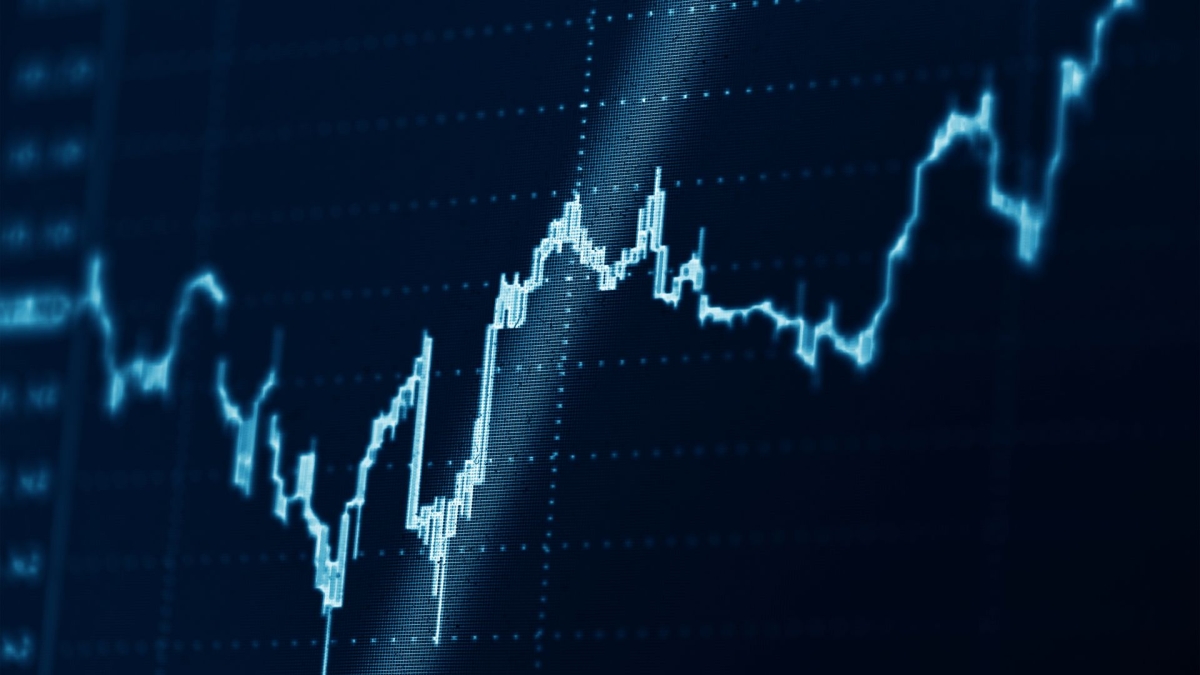Tuesday 8th of October 2024
Lessons from the 1990s
The stock market is often complicated and unpredictable, but sometimes, the conditions align in such a way that stock prices rise rapidly in what is known as a “melt-up.”
This is when investors start pouring money into the market, driving prices higher in a relatively short period of time, often fuelled by a combination of optimism, new technologies, and economic policies.
Today, there are signals suggesting that we might be on the verge of another melt-up, similar to one that happened in the 1990s.
To understand how a melt-up works, the 1990s in the United States provides a perfect case study. Several factors came together in that decade to push the stock market into a rapid rise. Let’s break down those factors and why they created an environment for a melt-up.
One of the key drivers of the stock market’s rise in the 1990s was innovation in technology. The internet was starting to revolutionise industries. Companies like Microsoft, Intel, and Cisco Systems were at the forefront of this new technological wave, developing products and services that were reshaping how businesses operated and how people communicated.
Investors saw the potential for these companies to grow, and their stock prices soared. It wasn’t just the big names, either. Startups and smaller companies that were part of the tech boom also experienced sharp increases in their stock prices, as everyone wanted a piece of what was believed to be the future of the economy.
The 1990s were also marked by a strong US economy. The country was experiencing a period of sustained growth, with low unemployment and rising wages. This created an environment of confidence, as consumers and businesses were spending more, leading to higher corporate profits.
A strong economy generally supports higher stock prices because when companies generate higher profits, their stock becomes more valuable. In the 1990s, the combination of a strong economy and new technology made investors optimistic about the future.
Another crucial factor that fuelled the stock market’s rise in the 1990s was the Federal Reserve’s monetary policy. The Federal Reserve (or “the Fed”) is the central bank of the United States, and one of its main tools for influencing the economy is adjusting interest rates. When interest rates are high, it’s more expensive for businesses and consumers to borrow money. When rates are low, borrowing becomes cheaper, and this can encourage spending and investment.
In the 1990s, the Fed cut interest rates to support the economy, especially after a brief recession in the early part of the decade. These rate cuts made it easier for companies to invest in growth and for consumers to spend, which in turn helped fuel the strong economy and rising stock prices.
By the mid- to late-1990s, these factors; innovation, a strong economy, and lower interest rates, combined to create a boom in the stock market. From 1995 to 2000, the S&P 500, one of the main stock market indexes, tripled in value. This was an extraordinary rise, and many investors saw their wealth grow rapidly.
Now, let’s compare the conditions in the 1990s to what we’re seeing today. There are some striking similarities that suggest we could be on the verge of another major melt-up in stock prices.
Just as the 1990s were driven by the rise of the internet, today we are seeing major technological advancements that could reshape the economy. Artificial intelligence (AI), automation, renewable energy, and biotechnology are all areas experiencing rapid innovation. Companies involved in these sectors have already seen their stock prices rise, but we may only be at the beginning of a much larger wave of growth.
Much like the 1990s, investors are excited about the potential of these new technologies to transform industries, and as these innovations become more integrated into daily life, the companies leading the way could see significant gains in their stock prices.
While the global economy has faced challenges in recent years, including the COVID-19 pandemic, there are signs of recovery and strength. In the US, unemployment has been low, and there has been significant government spending aimed at boosting economic growth. While inflation has been a concern, it appears to be stabilising, and consumer spending remains strong.
A strong economy supports corporate profits, and as businesses continue to grow, their stock prices are likely to follow suit, just as they did in the 1990s.
Perhaps the most important factor to watch is the Federal Reserve’s monetary policy. After a period of raising interest rates to combat inflation, the Fed is now in a rate cutting cycle. If inflation continues to come down and the economy remains strong, rate cuts could create a favourable environment for stock prices to rise.
When we combine these factors; innovation, a strong economy, and the potential for lower interest rates, it’s easy to see why some analysts believe we could be on the verge of another melt-up in the stock market. Just like in the 1990s, the conditions are aligning in a way that could lead to a rapid rise in stock prices, especially if investors become increasingly optimistic about the future.
We would like to thank Dominion Capital Strategies for writing this content and sharing it with us.
Sources: Bloomberg, Yahoo Finance, Marketwatch, MSCI.
Copyright © 2023 Dominion Capital Strategies, All rights reserved.
Disclaimer: The views expressed in this article are those of the author at the date of publication and not necessarily those of Dominion Capital Strategies Limited or its related companies. The content of this article is not intended as investment advice and will not be updated after publication. Images, video, quotations from literature and any such material which may be subject to copyright is reproduced in whole or in part in this article on the basis of Fair use as applied to news reporting and journalistic comment on events.
